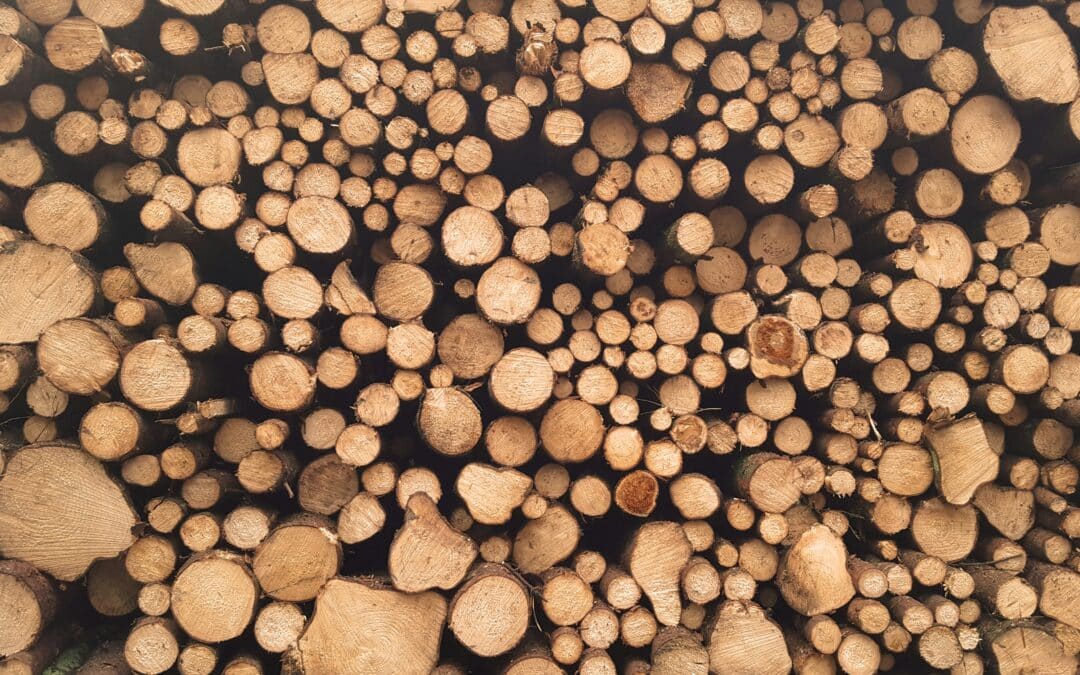By exploring the life cycle of a timber crate, timber crates play a key role in global trade and industrial logistics, offering strength, protection, and sustainability. But have you ever wondered where these crates come from and how craftsmen build them? By exploring the life cycle of a timber crate, you can see the care and skill involved at every stage, from sourcing raw materials to delivering goods safely across borders.
The Life Cycle of a Timber Crate Starts in the Forest
The journey begins in sustainably managed forests, where workers harvest timber under strict environmental standards. We use certified sources so every crate starts with renewable, traceable wood. This responsible sourcing protects the environment and ensures quality, because the tree’s health and age directly affect the crate’s durability and performance.
Milling and Processing
After harvesting, workers transport the timber to a milling facility. There, they cut it to size, dry it, and treat it. Proper drying prevents warping, cracking, and insect infestation. Heat treatment or kiln drying also meets international export standards like ISPM 15, making the timber safe for global shipping.
Why the Life Cycle Matters
Next, craftsmen carefully shape the timber into crates according to exact specifications, a key stage in the life cycle of a timber crate. At Integrated Timber Solutions, we design and build custom crates tailored to the size, weight, and fragility of the items they carry. This level of customisation consequently reduces waste, improves protection, and streamlines logistics. Additionally, workers install hardware such as nails, hinges, and corner reinforcements to make each crate secure and fully fit for purpose.
On the Move: Packing and Shipping
Once the crate is complete, workers pack it with goods. Timber crates protect heavy machinery, delicate components, and large-volume shipments. They withstand road, sea, and air transport, resisting moisture, stacking pressure, and rough handling. This stage tests the crate’s real-world performance, and a well-designed timber crate makes all the difference.
End of Use and Beyond
After delivery, the life cycle of a timber crate can continue. Depending on its condition, workers can reuse it, repurpose it into other timber packaging, or recycle it responsibly. Timber requires minimal processing to repurpose, making it a more sustainable choice than single-use plastics or composites.
Why Life Cycle Matters
Understanding the process, from start to finish, helps businesses make more informed and sustainable choices. Specifically, each stage – from forest to freight – directly affects the environmental footprint, durability, and cost-effectiveness of the product. Therefore, by investing in crates that are well-designed and responsibly sourced, companies not only protect their goods but also actively contribute to a more sustainable supply chain.
Final Thoughts
At Integrated Timber Solutions, we’re committed to transparency, quality, and sustainability at every stage of the life cycle of a timber crate. From carefully sourced timber to expertly constructed crates ready for global transit, our products are built to last and made to move. Understanding the life cycle of a timber crate makes it clear why timber remains the trusted choice for packaging worldwide.


Recent Comments